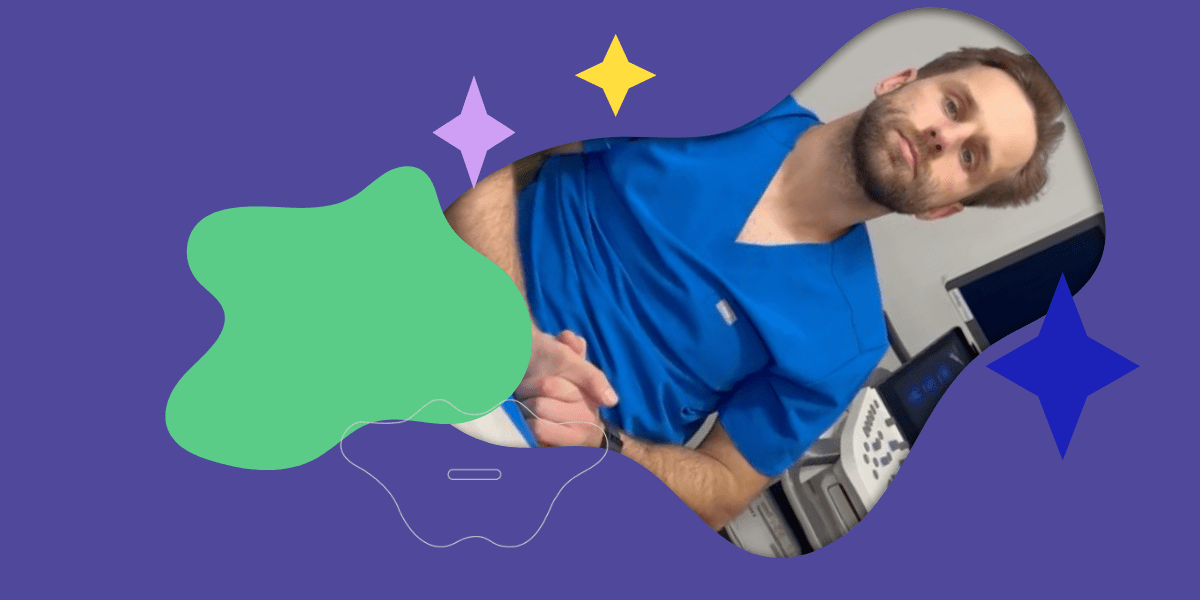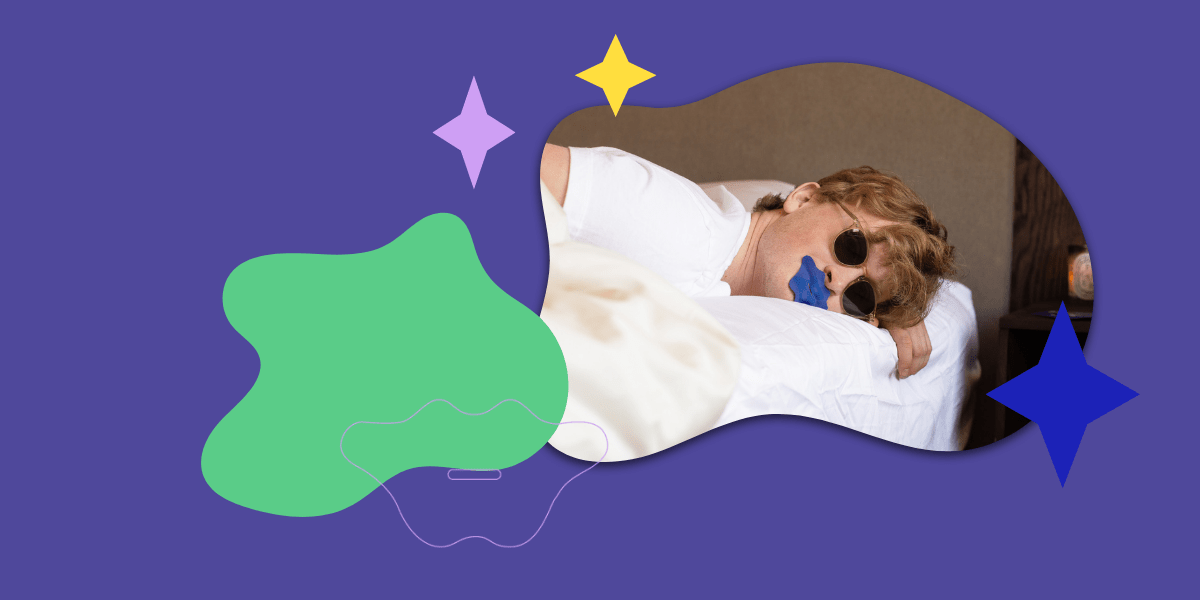Is Mouth Taping Actually Safe?

Facts, Myths, and What You Really Need to Know
If you've spent even five minutes on wellness TikTok lately, you've probably seen people putting tape over their mouths before bed. It looks a little weird. It sounds a little intense. But it might just be one of the most effective (and underrated) sleep hacks out there.
Influencers, pro athletes, and science figures like Andrew Huberman and James Nestor have spotlighted mouth taping. So what’s the deal? Is it hype — or a legit game-changer for your sleep?
Mouth taping is exactly what it sounds like: gently taping your lips closed before sleep to encourage nasal breathing overnight. While it’s been used in sleep therapy and sports science for years, it’s now everywhere — and that brings a lot of confusion.
What Mouth Taping Actually Does
Mouth taping isn’t about forcing anything — it’s about supporting your body’s natural design. Your nose is built for breathing: it filters, humidifies, and regulates airflow — and even helps your body absorb oxygen more efficiently through nitric oxide.
But many of us end up mouth breathing while we sleep, which can cause snoring, dry mouth, disrupted sleep, lower oxygen levels, and in time, even affect facial posture.
By gently taping your lips closed, you help retrain your body to prefer nasal breathing — often with noticeable changes: deeper sleep, quieter nights, and more daytime energy.
Mouth Taping Myths (Let’s Clear Them Up)
❌ Is mouth taping dangerous?
It can be — if done incorrectly, with harsh tape, or when your nasal passages are blocked. Always use skin-safe, breathable tape, and make sure your nose is clear before sleeping. If in doubt, check with your doctor. If you're curious, start slow — try wearing it during the day for just 15 minutes.
❌ Will I suffocate in my sleep?
This is the #1 fear — and totally valid. If you can’t breathe comfortably through your nose before bed, don’t tape your mouth. If you're unsure, consult a healthcare provider — and ease in slowly during the day to test comfort.
❌ It’s only for snorers.
Not so. Nasal breathing supports better oxygen flow, improved cardiovascular and skin health, and reduced stress. So even non-snorers can benefit.
❌ It’ll rip my skin off.
That depends on the tape. Choose premium, soft materials — like silk and hypoallergenic adhesive designed for delicate skin (e.g. Bedrock) — so you get the sleep benefits, not irritation.
❌ You have to fully seal your mouth shut.
Definitely not. Some tapes feature a small center hole so you can sip, speak, or breathe comfortably if needed — while still promoting nasal breathing. Same results, less hesitation. It’s not about harshness — it’s about smart design.
❌ It’s just a TikTok trend.
It may be trending now, but mouth taping has been used in sleep therapy, athletic performance, and breathwork for decades. The science exists — it’s just finally getting mainstream attention.
Real Benefits (No Buzzwords — Just Better Sleep & Energy)
✅ Does it help you sleep better?
Yes. Many report falling asleep faster, staying asleep longer, and spending more time in deep REM sleep. That means fewer wake-ups — and more energy in the morning.
✅ Does nasal breathing really help oxygen delivery?
It does. Breathing through your nose helps your body absorb and circulate oxygen more efficiently, supporting recovery, heart health, and even mental clarity.
✅ Can it reduce snoring?
Absolutely — especially if your snoring starts with mouth breathing. Taping gently encourages steadier airflow, which means quieter nights for you and your partner.
✅ Is it good for your oral health?
Yes. Nose breathing helps prevent dry mouth, which in turn lowers risk of cavities, gum issues, and bad breath.
✅ Can you use it outside of sleep?
Definitely. Breathwork, meditation, light workouts — even top athletes like Erling Haaland and Iga Świątek use mouth taping during training to improve breathing, recovery, and focus.
✅ Is it for everyone?
No. If you have nasal obstruction, untreated sleep apnea, or other breathing issues, mouth taping may not be safe. When in doubt — talk to your doctor. And if you're curious, start slowly and listen to your body.
The Bottom Line
Mouth taping isn’t a magic cure — but it can be a safe, smart tool for better sleep, clearer breathing, and stronger recovery.
The key: clear nasal airflow, skin-safe tape, and your comfort first. Start slow, be mindful, and breathe better — sleep better.





Comments